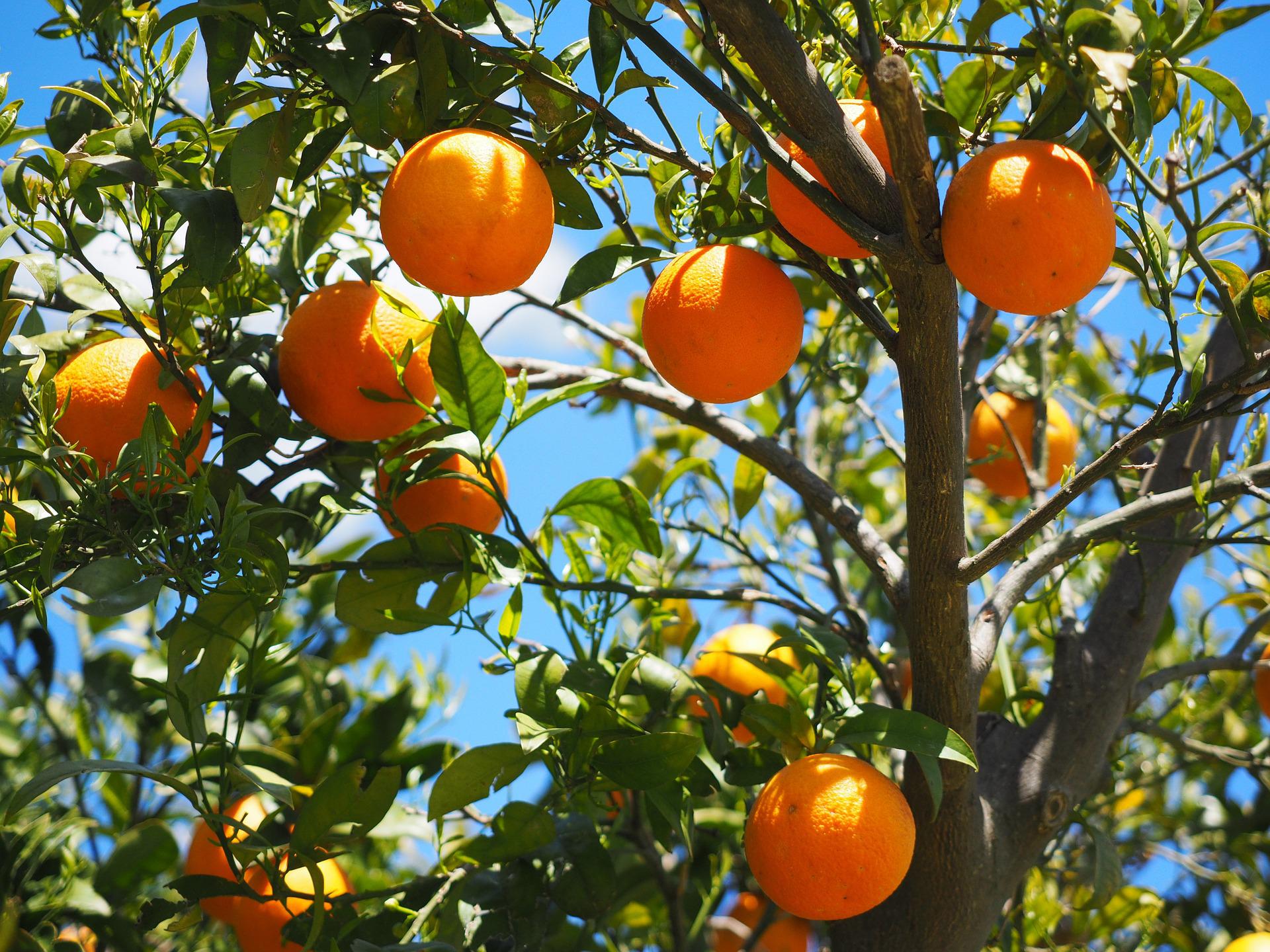
Kirikiriroa – With the world’s population expected to hit 9.7 billion by 2050, agriculture needs to become more productive and sustainable.
Technology can help transform the global food production system and mitigate its impact on the climate and environment.
Digital agriculture systems can also be used to reduce food waste and at every stage of the supply chain.
When agriculture first took root around 12,000 years ago, it triggered a change in how people lived.
The promise of a reliable food supply enabled humans to give up their nomadic hunter-gatherer lifestyles. Out of these first settlements grew cities and complex civilizations, shaping the world as we know it.
Agriculture has allowed the human population to grow explosively, and its industrialization over the past two centuries fuelled the jump from 1 billion to nearly 7.7 billion people. As a result, agriculture in its modern form has tested the limits of our environmental resources.
Agricultural land makes up at least 50 percent of the area of almost all regions of Aotearoa. New Zealand uses a little over half of its entire land area for agricultural purposes, according to EHINZ.
Agriculture causes about 23 percent of human-caused greenhouse gas emissions and uses up to 92 percent of the world’s freshwater.
According to a report by the WWF and British food retailer Tesco, around 40 percent of food grown goes uneaten. China loses roughly 35 million tonnes of grain before retail each year, or about 5 percent of the 685 million tonnes of grain produced in 2021.
With a projected two billion more mouths to feed across the world by 2050, agriculture needs to simultaneously become both more productive and sustainable. That requires increased investment and adoption of productivity-boosting technology and participation from young people and smallholder farmers.
Human ingenuity, scientific breakthroughs and technological advances have given the world an unprecedented array of tools to transform the food system and mitigate its impact on nature and climate.
In precision agriculture, real-time weather forecasting helps farmers with day-to-day decisions on when and how much to irrigate, fertilise and apply pesticides to their crops.
Controlled-environment agriculture promises to further reduce the impact. Some smart greenhouses are completely automated, run by algorithms that ensure optimal conditions for plant growth by adjusting inputs like roof ventilation, artificial lighting and heating.

